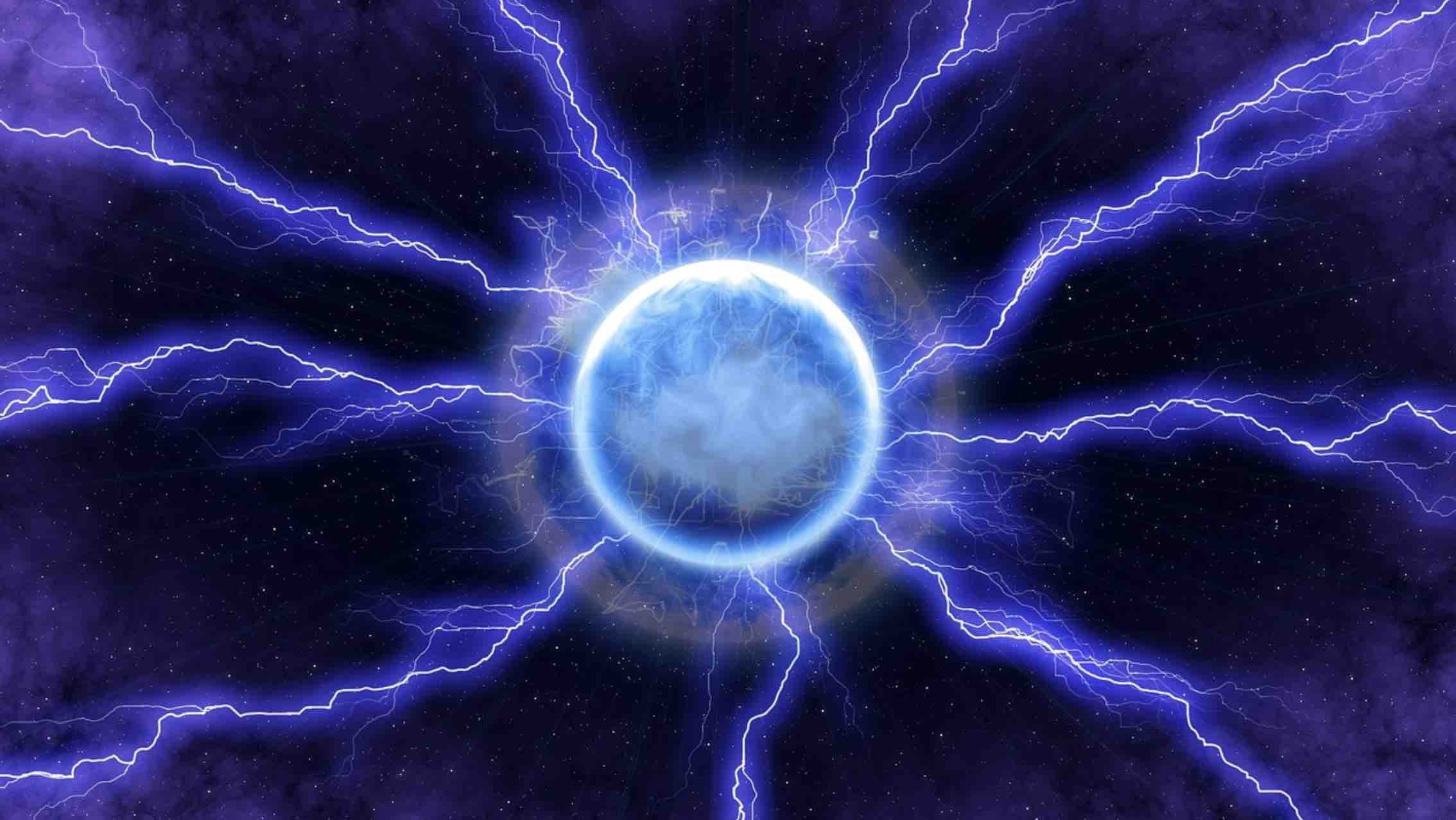
A group of researchers at Monash University in Melbourne have discovered a means to create an infinite amount of electricity out of thin air, which might represent a significant advancement in the development of renewable energy. A common soil bacteria that produce electrical current using the atmosphere as its energy source was found to contain an enzyme that consumes hydrogen.
What is Huc?
The research findings were published in the most recent issue of the journal Nature under the direction of Dr. Rhys Grinter of Monash University, Ph.D. candidate Ashleigh Kropp, and Professor Chris Greening of the Biomedicine Discovery Institute.
The bacteria Mycobacterium smegmatis produces the enzyme Huc (pronounced “Huck”), which enables it to endure severe environments.
“We’ve known for some time that bacteria can use the trace hydrogen in the air as a source of energy to help them grow and survive, including in Antarctic soils, volcanic craters, and deep in the ocean,” said Professor Rhys Grinter.
In order to create its magic, Huc functions as a hydrogen gas scavenger, consuming the gas below atmospheric levels.
“Huc is extremely effective. Unlike all other known enzymes and chemical catalysts, it uses hydrogen at amounts below atmospheric levels – as little as 0.00005 percent of the air we breathe,” added Grinter.
Notably, Austrian physician Sigmund Lustgarten found Mycobacterium smegmatis in 1985 while researching skin conditions. The specific bacterium lives in the soil and is not particularly dangerous, as it doesn’t spread any diseases. Due to its significance as a model organism for tuberculosis, it has undergone extensive research.
“Sky is quite literally the limit for using it to produce clean energy”
Grinter said that in order to distinguish Huc from M. smegmatis, a number of novel techniques had to be created, including growing the bacteria from scratch, dissecting them later, and isolating the sole component using chemistry.
Huc can be kept in storage for a very long time without losing its capacity to produce electricity, the scientists stated. Purification produced 10–20 micrograms of the Huc complex, which was flash-frozen in liquid N2 and stored at 80 degrees Celsius during the experiments.
When it comes down to it, the scientists said the earliest uses of Huc include powering tiny air-powered gadgets that might serve as a solar-powered gadget substitute.
The following stage is to scale up production so that Huc can be made in enough quantity to be used on a significant basis.
“Once we produce Huc in sufficient quantities, the sky is quite literally the limit for using it to produce clean energy,” said Grinter.






